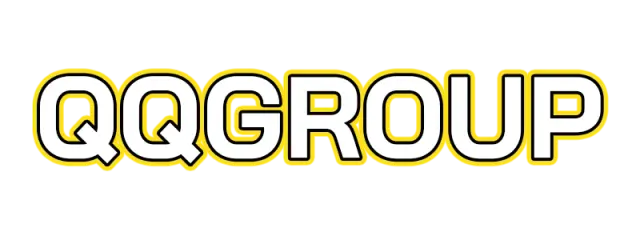QQ188 : Link Situs Slot Online Dengan Kemenangan Tertinggi RTP 98%
IDR 10.00
QQ188 adalah situs slot online terpercaya dan diakui sebagai slot online nomor satu paling mudah menang dan paling dicari saat ini, karena website ini memiliki banyak permainan online yang menarik dan tidak pelit memberikan kemenangan untuk para pemain setia.
Quantity:

